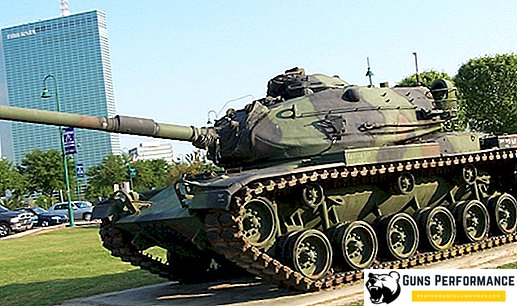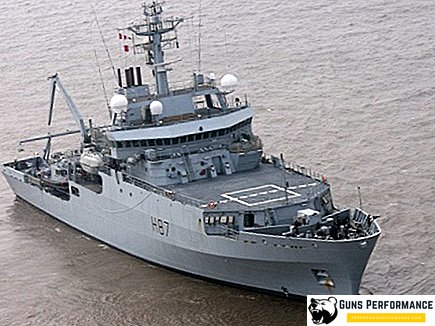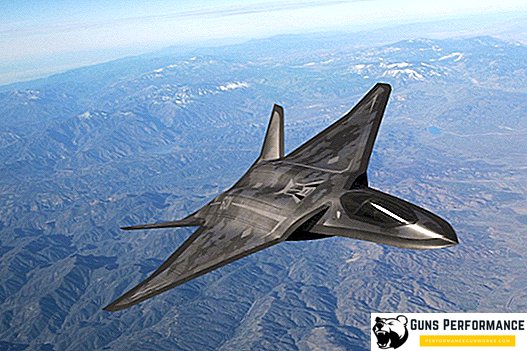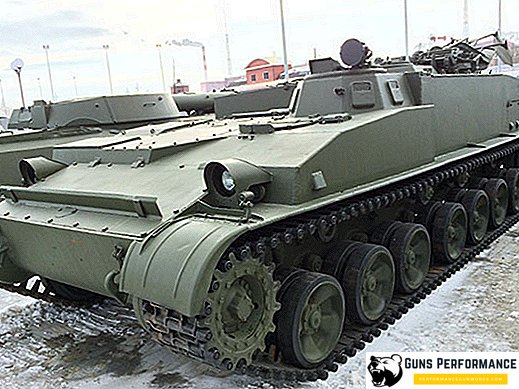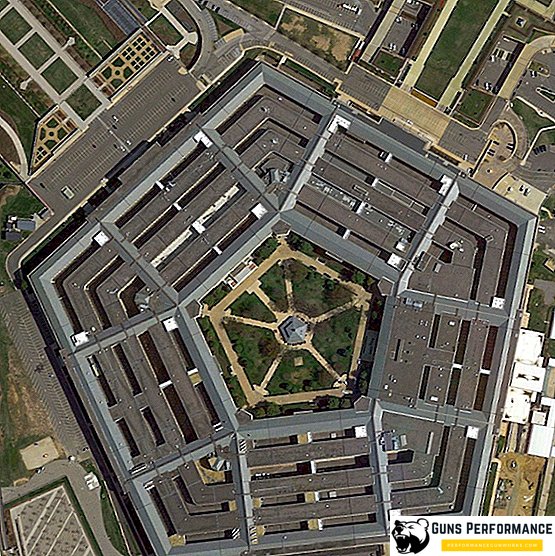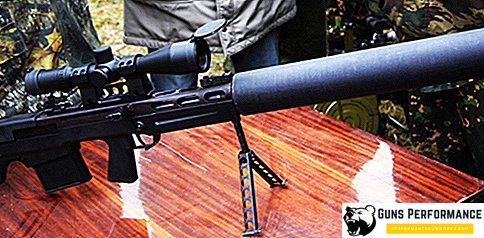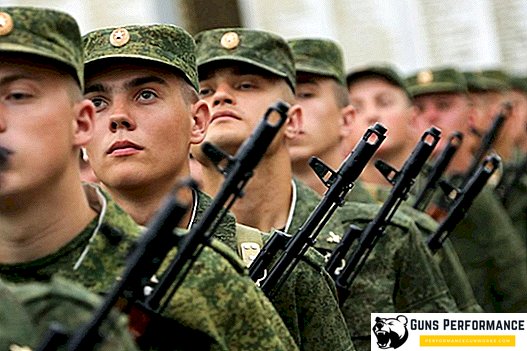ZIL-114 - the Soviet car of the highest class, which had a body "limousine". Issued in small series, had several modifications, was intended for the top leadership of the country. Used as part of a government convoy, at parades, celebrations, etc.

general information
Domestic designers looked towards American premium cars, as their design was considered the benchmark in the automotive world. In the early 60s, their style changed dramatically: a strict style with angular bases began to prevail.
In this regard, the 111th model, which was used to transport the top officials of the country, began to lose relevance. At this time, started the design of the 114th car. It is based on the best design trends of the time.
The prototype was collected in 1965, he went to the test. A year later, a piece assembly was organized, and in 1968 the transport took a line of premium-class cars in the USSR. In 1971 there was a slight restyling. Mostly he touched the front of the car.

Design
Critics transport was pleased with the presence of innovative solutions at that time. These include disc brakes on all wheels, the possibility of adjusting the steering wheel in height and the suspension on torsion bars of a non-folding type. Passenger rear seats from the driver’s section were separated by a glass partition opened with an electric drive. For the first time implemented a central locking system. All windows worked on the electric drive. To ensure comfortable temperature conditions in the cabin in the device present air conditioning. Thermal glass did not allow the sun to heat the interior.
The engine ZIL-114 has a volume of 7 liters, develops up to 300 horsepower. Power enough to accelerate to 190 km / h. The power unit consists of aluminum cylinder blocks, a carburetor (consists of four chambers connected in series), a transistor type ignition system and a hydraulic valve tappet. The work of the power plant was complemented by an automatic transmission. Despite this, the driver himself could choose the desired speed. The steering mechanism is equipped with power steering.

The chassis is based on a strong peripheral frame. Suspension ensures smooth jolt-free operation during heavy acceleration or deceleration. When entering a corner at high speed, roll does not occur. The front suspension without a tailgate is equipped with longitudinal torsion bars that work on twisting. They were placed along the frame side members. Their main purpose is the axles of the lower control arms. Dependent-type rear suspension has received a standard design: it works on the basis of longitudinal leaf springs. The brake mechanism consists of a cascade system of amplifiers and separate circuits.
The change in design is noticeable: it began to conform to a strict style, having in its basis angular outlines. The body is attached to the frame of the form X with spars of volumetric section. Such a device provides a frame with increased strength. The Likhachev plant produced about 150 copies of various modifications. One of the most popular was the version with a large hatch above the passenger seats. It was used to greet the public at parades and holidays. On the basis of the standard model developed a pickup for use in the film industry.

Engine
The power unit is the only element that was not developed from scratch as part of the project of the 114th model. He began to design in 1962. The main difference from previous developments - the cylinder block is made of aluminum. At this step, the designers went to reduce the weight of the motor. Hydraulic valve tappets are embedded in the device to eliminate the need for adjusting the gaps in the timing. He worked with a four-chamber carburetor and a transistor ignition system. At the exit, engineers got 300 horsepower, which is 100 more than the previous generation.
Technical characteristics of the car ZIL-114:
- Length - 6.3 meters;
- Width - 2 meters;
- Height - 1.5 meters;
- Wheelbase - 3.9 meters;
- Clearance - 17 centimeters;
- The volume of the power unit - 7 liters;
- The power plant capacity - 300 horsepower at 4.4 thousand rpm;
- Maximum torque - 559 Nm at 2.8 thousand revolutions;
- Transmission - automatic;
- Acceleration to 100 km / h - 13.5 seconds;
- Average fuel consumption - 19 liters per 100 kilometers;
- Maximum speed - 190 km / h.
When work was being done on the power plant, it was not immediately planned to be used in other civilian or military vehicles. This is due to the power from high-quality high-octane gasoline and adaptation to work with a unique automatic transmission. Automatic transmission moved to the 114th model from the 111th family, but practical use with a powerful engine revealed a number of shortcomings. To eliminate them, we had to develop a new unit with a completely new device. Copies with a new gearbox got on the conveyor in 1975.

Medical history
In 1972, Leonid Ilyich Brezhnev suffered a first stroke. For the safety of his health, he needed transportation that would carry on board medical equipment for first aid. The main requirement was the preservation of appearance, which fit into the government procession. The basis for the development took ZIL-114. The main objective of this car has become comfortable and fast delivery of the Secretary General to the hospital if necessary.
The equipment was at the level of basic ambulance. The crew was always attended by several doctors. Brezhnev's health condition was carefully concealed. That is why the state "ambulance" did not have distinctive features from the general style of government transport. Doctors from the crew were forbidden to wear traditional white gowns, so as not to reveal the purpose of the car.
At the same time, a state order was made for the creation of a medical ambulance based on Chaika. Such cars were intended for delivery to the hospital of ordinary officials. The main difference between the two "fast" in the number of issued copies. ZIL-114E released only one, and seagulls collected about 15 pieces.
Developers needed to create a wagon from a limousine to include all medical equipment. The length of the frame of the car allowed it to do with minimal changes in the design, but in fact it turned out to be more difficult. Rama took over part of the power loads. A simple change in the position of some technical units would lead to a violation of the characteristics of rigidity. Engineers had to revise the structure of the body and redesign the layout. Inside the cabin, from the backs of the front seats to the trunk lid, put a base for stretchers, three seats for doctors and storage boxes for medical supplies.
Another problem was a small detail - the storage of the spare wheel. Previously, it was placed in the luggage compartment, but it was abolished in the medical car. Refusing to stock in a car of this class is unacceptable. The solution was found original - the spare wheel and tools were placed in a vertical niche, which was located behind the left door. In the cabin, the storage room did not stand out in any way; it merged with medical lockers.
Doctors got into the cabin through the right door. Two seats installed close to the partition with the driver's side against the road. The third seat was placed at the right side in the area of the door, it was located in the direction of travel. The base for the stretcher shifted towards the left side.
The prototype was collected in 1974. The main difference from the standard version (except for processing in the wagon) was the presence of a metal protrusion on the roof. It is made to increase the free space of the cabin. Doctors could not get up to their full height, but they were simplified by interaction with the necessary medical equipment. Also, the superstructure simplified the introduction and removal of stretchers from the body.
For trim used expensive gray skin. The same material was used in a classic limousine. Medical modification accommodated six passengers: the driver, a guard, three paramedics and a recumbent patient. The base of the stretcher is made of leather. For equipping vehicles used innovative resuscitation and cardiology equipment. The curb weight of the car was 4,800 kilograms, empty - 3,900 kilograms. The operating experience is considered successful, since after the development of subsequent government limousines, the country's leadership placed an order for their adaptation to the medical version.

What can be concluded?
ZIL-114 - avtolegenda USSR. It is not only beautiful and executive car, but also reliable and durable. The stock of a working resource was several hundred thousand kilometers without major repairs. Each copy of the series was equipped with unique parts that were made by hand at the Likhachev plant.
Buy a car in our time, almost impossible. The remaining copies are in museums and private collections. Many motorists are desperately looking for preserved cars throughout the country in order to acquire them in their possession and carry out a complete restoration to their original appearance.


